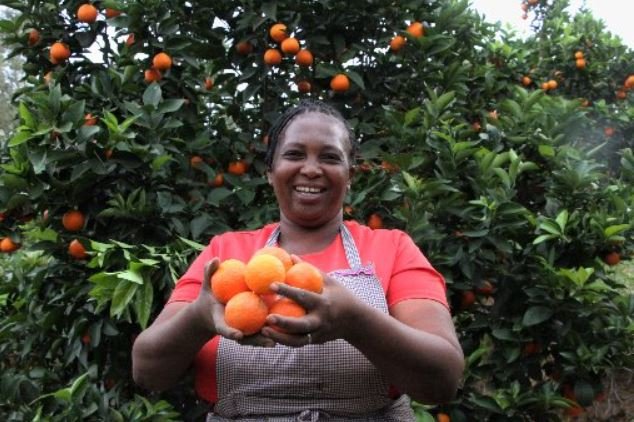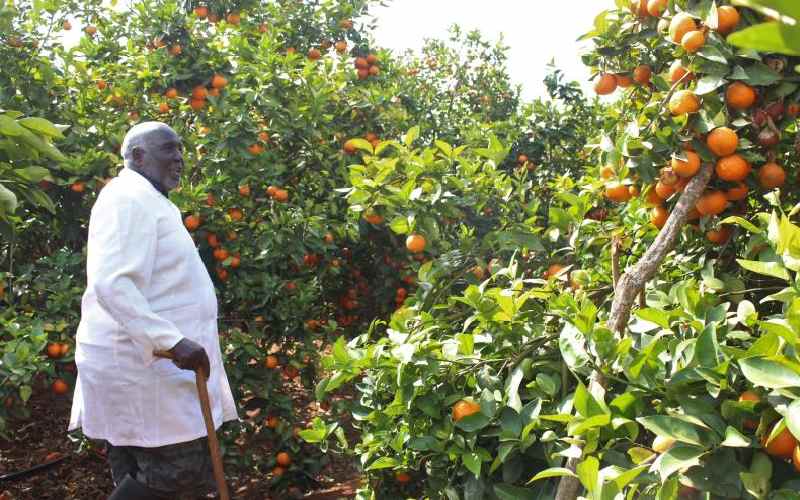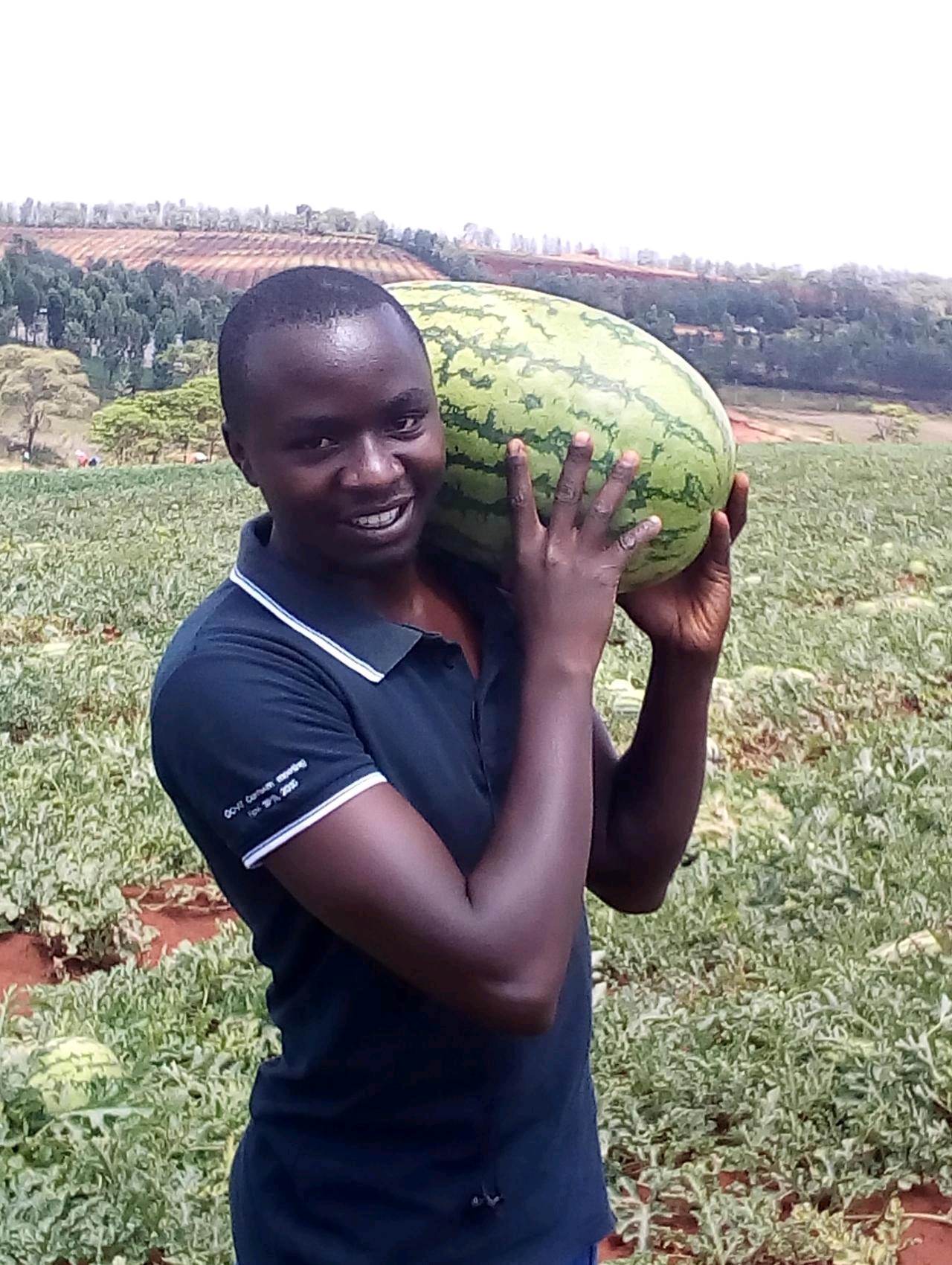Pixie Oranges farming can be a highly profitable agribusiness, especially in arid and semi-arid areas.
The fruit is a cross between oranges and tangerines, the seedling bears fruits after about 2-3 years with its fruits being yellow-orange in color, seedless, easy to peel, tasty, and highly nutritious.
Unfortunately, In Kenya, its demand is relatively high while the supply is low.
Production of pixie oranges
To produce a good pixie tree, grafting is done using lemon root stocks and pixie scions cut from a mature and vigorously growing pixie tree with the bud grafting method being the most preferred.
The root-stocks become ready for grafting once they attain pencil-like thickness. Grafting can be done either after transplanting root-stocks (lemon seedlings) on the field, or on lemon seedlings prepared in seedling bags.
An acre can be occupied by 200 pixie trees with a spacing of 4m by 5m.
To plant the seedlings, holes size of 2ft by 2ft by 2ft should be dug and manure of about 20kg mixed with topsoil put in each of the holes.
Profitability of the trees starts at around 5 years; each plant can produce more than 300 fruits.
Ecological requirements
Pixie oranges thrives in a wide range of soils although they perform best in sandy loamy soils.
For optimum performance, they should be grown in deep, fertile, and well drained soils with a pH range of 6.5-7.3
Like oranges, they also survive in areas with low and moderate rainfall, that is why they perform well in arid and semi-arid areas.
Ideal temperatures for pixie farming range from 10c-30c.
The plants are sensitive to extremely low or high temperatures. For instance, high temperatures above 38c cause fruit drops and scarring of fruits.
They grow well in altitudes of up to 2100m above sea level and require enough sunlight (at least 6-8 hours of sunlight), especially during flowering, fruit set, and fruit ripening.
Areas grown in Kenya
Pixie oranges farming is an agribusiness that has picked in arid and semi-arid areas in Kenya such as Makueni, Machakos, Kitui, and parts of coastal regions such as Voi. The crop can also perform well in areas such as Nyeri, Murang’a, and parts of Western Kenya.
Cultural practices
Pixie orchards should be weed-free
Mulching and planting cover crops minimizes the growth of weeds and helps to conserve soil moisture and control of erosion. The mulching material should never come in contact with the graft union.
Pruning. Very light pruning is required. The trees are trained to a single system and any shoot emerging from the portion below the bud union should be nipped off regularly.
Fertilizer application. Seedlings will respond well to organic fertilizer, blooming after 2 and a half years of planting. They require a sufficient supply of fertilizer and manure for normal growth and development
Pests and diseases
Some of the common pests that affect pixie oranges include mites, bark-eating caterpillars, mealybugs, aphids, leaf miners, and fruit flies.
Diseases that affect the pixie oranges include; Gummosis, Collar rot, Twig blight, and Damping-off.
To control the Gummosis there is a need to do a management practice that entails; Removing the dark, diseased bark and a buffer strip of healthy, light brown to greenish bark around the margins of the infection, allowing the exposed area to dry out and lastly rechecking frequently a few months and do a repeat frequently.
For collar rot disease, one can do application of foliar sprays of phosphorous acid, after times of flowering and the main leaf flushes, application of copper fungicides to protect lower fruit from spores in water splashed from the soil and also to the base of the trunk to prevent collar rots.
Dumping off in citrus is most often caused by Rhizoctonia solani spp. Phytophthora spp. They are favored by abundant moisture in the soil. Adequate control of damping off can be achieved by avoiding infested soils and over-watering.
However, grafted varieties are resistant to many of the pests and diseases
Maturity
The trees begin to flower in the second year and can produce few fruits in each tree and maturity is attained at around 2 to 3 years. Heavy harvest is often experienced at the fourth year.
The yield of pixie orange depends on many factors like soil type, climatic conditions and orchard management practices.
Health benefits
The health benefits of the nutrients found in pixie oranges include a reduction in the risk of developing liver and breast cancer. The fruit fibers help in cleaning the intestines of the bad cholesterol. It also helps in maintaining normal blood pressure, preventing colds, and is crucial for a well-functioning immune system, maintaining healthy-looking, glowing skin, and helps in healing wounds.





